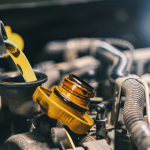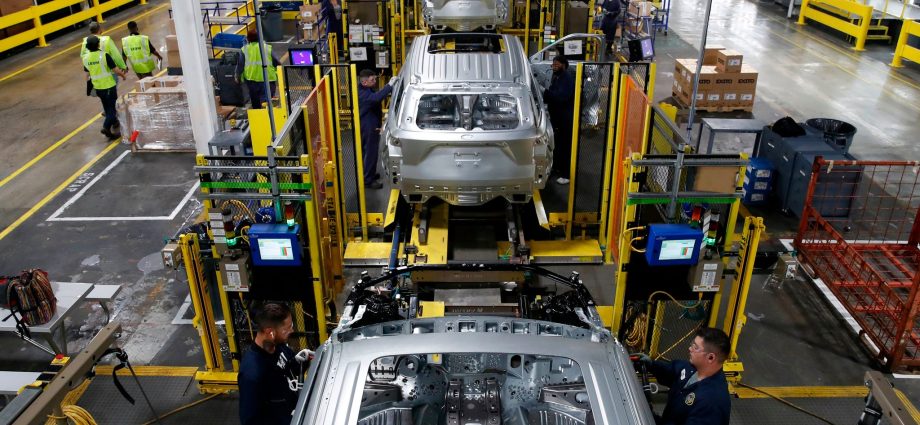If you are looking to become an automobile dealer, you must follow the rules set by the Automobiles industry. Listed below are some of these rules. Be sure to follow them carefully to avoid getting into trouble. In addition, you need to be aware of any regulations governing the after-sales support business, such as vertical restrictions. Understanding the regulations and their impact on the automobile industry will help you stay compliant. Read on to learn more.
The Antitrust Guidelines for the Automobile Industry are published in a book titled Collection of Antitrust Regulations and Guidelines 2019 by China’s Antimonopoly Bureau. While the guidelines are not new, their validity is still being questioned. Nonetheless, they do provide some insight into how the automobile industry is governed by antitrust laws. This may be of great help in your business. Here are some important rules set by the Automobiles industry:
Licenses for patented features: Automotive manufacturers should not rely solely on licensing agreements for their products. Although this practice has lowered costs and avoided the need for intellectual property development and enforcement, it poses legal risks. Automobile OEMs should consider ownership of licensed features, custom modifications, and data generated by drivers’ use of these licensed features. Suppliers should use strong confidentiality protections and specifically address their rights to proprietary specifications. As new technologies continue to dominate the automotive industry, licensing agreements will be more important than ever.
Government regulations for automobiles can limit the growth of the industry. These regulations may limit the number of new car plates created each year in China, or they may restrict the number of cars sold in the country. Automobiles industry rules can also affect the safety of drivers and passengers in vehicles. In short, automobiles are heavily regulated. If they fail to meet the requirements of a particular government agency, automakers may face stiff penalties.
Employment laws also affect the automobile industry. Marijuana laws, minimum wage laws, and the National Labor Relations Board (NLRB) all affect employment in some way. Automobile companies should be proactive and adopt an effective strategy for minimizing these risks. It will help them avoid costly lawsuits, protect their reputations, and attract new business. But remember that lawsuits will not go away anytime soon, so be aware of the changing legislative landscape and take steps to protect your workforce.
Before mass production became common, the automotive industry had little structure. Hundreds of small shops built a few hand-built cars. Most of these firms failed, but a few survived until the advent of large-scale production. During this period, the United States was a major automobile producer, and the largest company in the world at the time was Ford. Large automakers enjoyed a cost advantage over smaller producers. However, there have been exceptions to this general trend.
Several important factors contributed to the growth of the industry. The Big Three had more than three-fourths of the motor vehicle market in the United States. The other five largest independent manufacturers comprised the remaining quarter. As a result, the number of automobile manufacturers in the United States dropped from 108 to 44 within a decade. Although there were some small independents, the economy’s depression years eliminated the majority of them.










